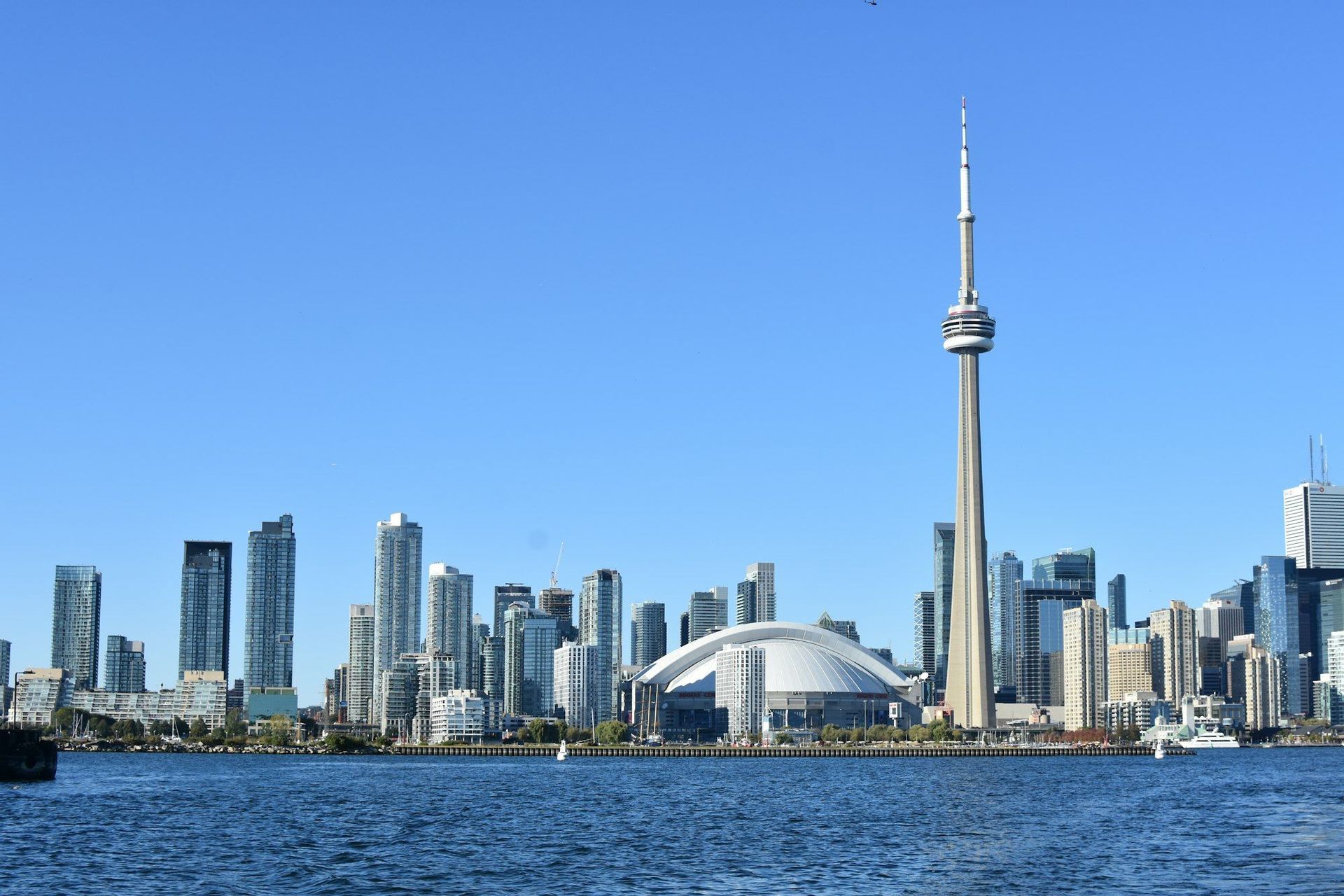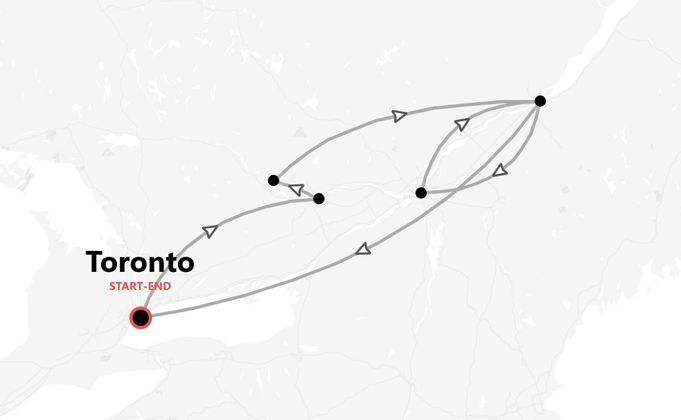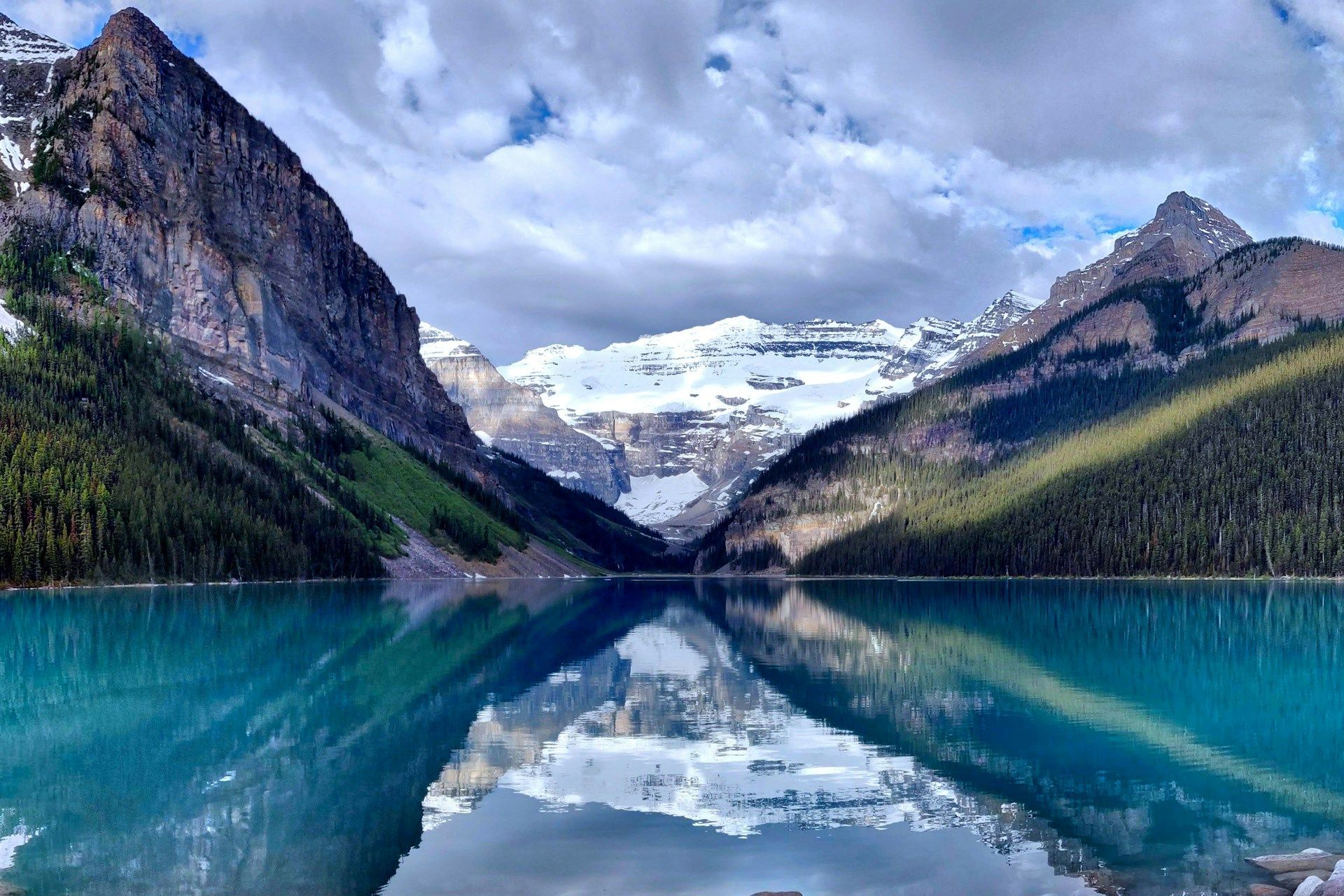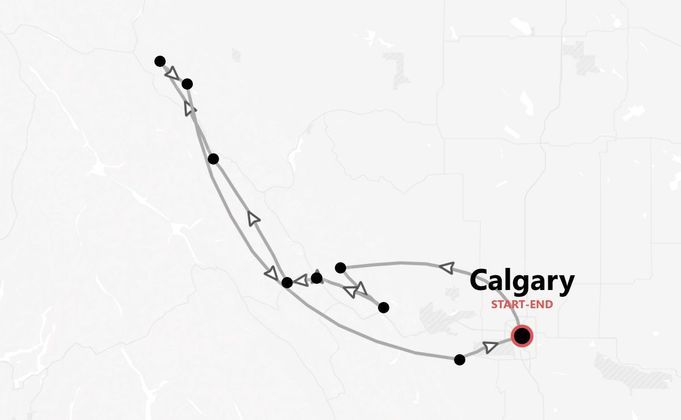
Group trips to Canada
Our organized trips to Canada
Beyond its iconic natural beauty, Canada offers an unparalleled spectrum of experiences, a land of breathtaking landscapes and dynamic urban centres. From the majestic peaks and turquoise lakes of Banff National Park, a UNESCO World Heritage site, to the historic cobblestone streets of Old Quebec, brimming with European charm, and the bustling, multicultural energy of its major cities, Canada welcomes the adventurous spirit and the curious explorer, those eager to immerse themselves in diverse cultures, pristine wilderness, and cutting-edge creativity.
FAQs about Canada
If you are a UK citizen, to find out the entry requirements for Canada, you can check this informational page from our partner Sherpa. If you need a visa, you can apply for it through Sherpa. If you are not a UK citizen, you can still use Sherpa by changing the nationality in the 'Passport' section.
Before traveling, always remember to check the government website of your country of origin for updates on the entry requirements for Canada – you wouldn’t want to stay home due to a bureaucratic detail!
- UK residents: review the FCDO Travel Advice.
- US residents: consult the US Department of State Travel Advice.
- Other residents: refer to your government or local consulate's travel advice.
Canada has multiple time zones due to its vast size, ranging from Newfoundland Time in the east to Pacific Time in the west. Here's a quick breakdown:
- Newfoundland Time: 3.5 hours behind the UK, 4.5 hours ahead of Eastern USA.
- Atlantic Time: 4 hours behind the UK, 4 hours ahead of Eastern USA.
- Eastern Time: 5 hours behind the UK, same as Eastern USA.
- Central Time: 6 hours behind the UK, 1 hour behind Eastern USA.
- Mountain Time: 7 hours behind the UK, 2 hours behind Eastern USA.
- Pacific Time: 8 hours behind the UK, 3 hours behind Eastern USA.
During daylight saving time, clocks move forward by one hour, typically from the second Sunday in March to the first Sunday in November.
Canada uses the Canadian Dollar (CAD). The exchange rate varies, but as a rough guide, 1 GBP is approximately 1.70 CAD, 1 USD is about 1.35 CAD, and 1 EUR is around 1.45 CAD. You can exchange currency at banks, airports, and currency exchange offices across Canada.
Credit cards, debit cards, and mobile payments like Apple Pay and Google Pay are widely accepted across Canada. Cash is still an option, but electronic payments are the norm in most places. Remember that some smaller businesses might prefer cash or have a minimum spend for card payments. It’s always a good idea to have a little cash on hand for tips or small purchases.
In Canada, tipping is a common practice and generally expected in service industries. We recommend you tip around 15 to 20 percent of the total bill at restaurants, bars, and cafes. Taxi drivers, hairdressers, and hotel staff also appreciate tips. For taxi rides, rounding up to the nearest dollar or adding 10 to 15 percent is typical. In hotels, a few dollars per bag for porters and a similar amount per day for housekeeping is customary. Remember, tipping is a way to show appreciation for good service, so feel free to tip more if you receive exceptional service.
In Canada, Wi-Fi is widely available in most urban areas, including cafes, restaurants, hotels, and public spaces, making it easy to stay connected. However, if you plan to travel outside major cities or need reliable access on the go, buying a local SIM card or an e-SIM data plan is a great idea. Providers like Bell, Rogers, and Telus offer various options. You can purchase SIM cards at airports, convenience stores, or mobile provider outlets. This way, you'll have internet access wherever you roam across this vast country.
In Canada, they primarily speak English and French, both of which are official languages. While English is more commonly spoken throughout the country, French is predominantly used in Quebec. Here are some useful expressions in both languages you might hear or use:
- Hello: Bonjour (French)
- Thank you: Merci (French)
- How are you?: Comment ça va? (French)
- Excuse me: Excusez-moi (French)
- Yes: Oui (French)
- No: Non (French)
Getting familiar with a few French phrases can be helpful, especially if you're visiting Quebec.
In Canada, plugs are Type A and Type B. The voltage is 120 volts, and the frequency is 60 Hz. If your devices are not compatible with these plug types or voltage, we suggest you bring a universal adapter and possibly a voltage converter. Always check the voltage range on your devices to ensure they can handle the Canadian power supply.
Canada is a multicultural country with a variety of religions practiced. The major religion is Christianity, with Roman Catholicism and Protestantism being the most prevalent. However, Canada is known for its religious diversity, with Islam, Hinduism, Sikhism, Buddhism, and Judaism also having significant communities. There are no specific religious dress requirements for visitors in Canada, as the country values freedom of religion and expression. Important Christian holidays such as Christmas and Easter are widely celebrated across the country.
Canada is a vast country with varying climates, so pack according to the season and regions you'll visit. Here's a handy list for your backpack:
-
Clothing:
- Warm layers like sweaters and jackets
- T-shirts and long-sleeve shirts
- Waterproof jacket
- Pants and shorts
- Thermal wear for winter
-
Shoes:
- Comfortable walking shoes
- Hiking boots if you plan to explore nature
- Warm boots for winter
-
Accessories and Technology:
- Sunglasses and a hat
- Camera or smartphone
- Power bank
- Universal adapter for plugs (Canada uses type A and B plugs, 120V, 60Hz)
-
Toiletries and Medication:
- Travel-size toiletries
- Sunscreen
- Lip balm
- Basic medication like pain relievers, motion sickness pills, and any personal prescriptions
Canada's weather can be unpredictable, so be ready for sudden changes. Always check the specific weather forecast for your destination before heading out.
Canada's weather can vary greatly depending on the region and season. Here's a general idea:
- West Coast (Vancouver): Mild and rainy winters, warm and dry summers. Best time to visit is late spring to early fall.
- Prairies (Calgary): Cold, snowy winters, warm summers with occasional thunderstorms. Visit in summer for the best experience.
- Central Canada (Toronto): Cold, snowy winters, hot and humid summers. Fall is a great time for colorful foliage.
- Atlantic Canada (Halifax): Cold, snowy winters, mild and wet summers. Summer and early fall are ideal for visiting.
- Northern Canada (Yellowknife): Extremely cold winters, short and cool summers. Visit in summer for milder weather and to experience the midnight sun.
For a pleasant experience, consider visiting from May to September.



